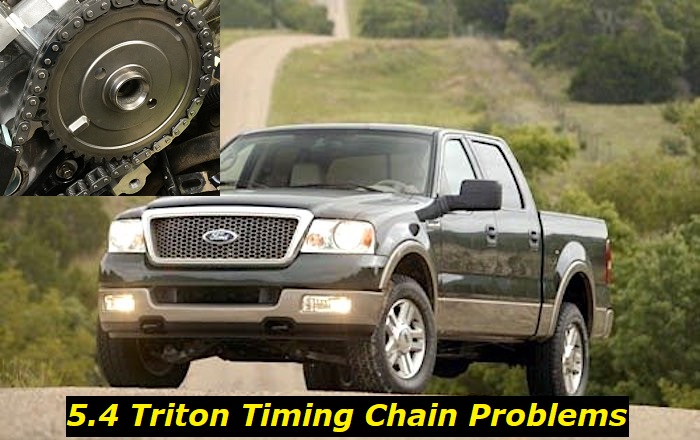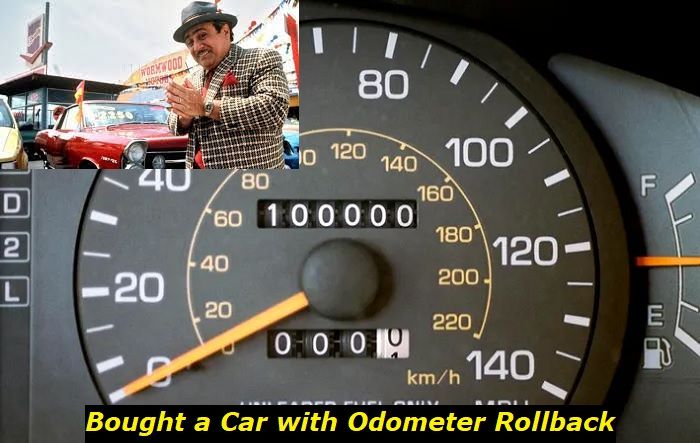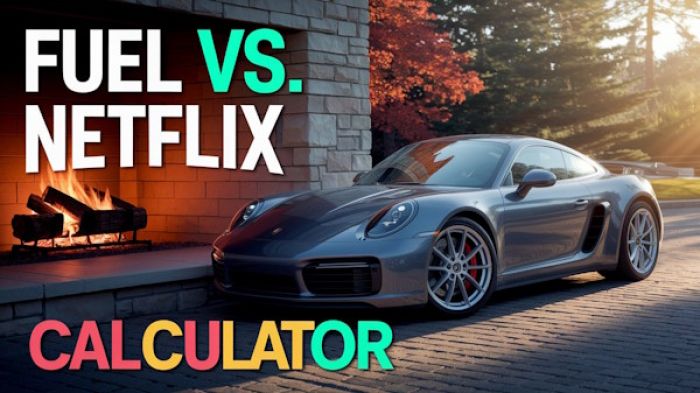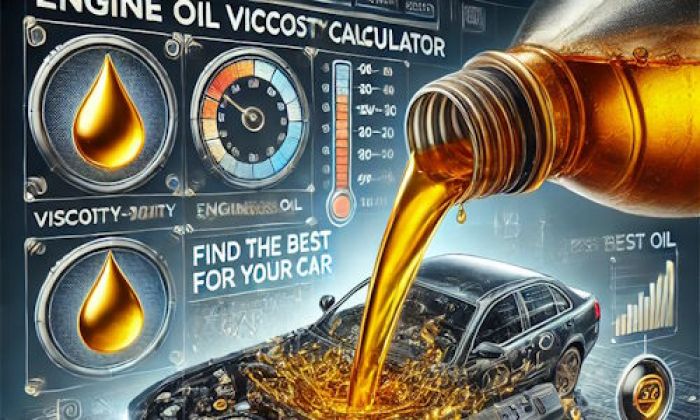The 5.4 Triton is a modular V8 engine manufactured by Ford from 1997 to 2017. Like any other engine, it relies on timing to run properly and efficiently. However, many Triton owners have experienced timing issues that, if overlooked, can cause expensive damage.
Key features and my opinion about the 5.4L Triton engine
- Production years:1997-2014
- Average lifespan of 5.4 Triton:300,000-340,000 miles
- Fuel supply type:port injection
- Power range:235-691 hp
- Fuel efficiency:bad
- Engine block material:cast iron
- Engine reliability score:high
- The most common problems:timing chain issues, mysterious ticking noise, oil consumption.

What Is a Timing Chain and How Does It Work?
What Does a Timing Chain Do?
The timing chain is responsible for controlling the valves of the engine. These allow fuel and air to go into the cylinders, and exhaust gasses to go out. Timing chains are located inside the engine block, as opposed to a timing belt. A timing belt is a cheaper but similar way to control valve timing from the engine's exterior.
The 5.4 Triton is a V8 engine with 2 separated cylinder banks, so it has 2 timing chains. These work simultaneously to control the valves in harmonic motion, making the engine run smoothly.
How Do They Work?
A basic timing chain is relatively simple in design. It connects the crankshaft to the camshaft, which drives the valves up and down. The crankshaft turns with the engine and is relative to the pistons' rate of moving up and down. The camshaft is a rod with egg-shaped disks that move the valves up and down as it turns.
When the long pointy end of the "egg" touches the valve rod, it is pushed into the cylinder allowing air and fuel in, or exhaust gas out. However, as it turns to the flat bottom side, the valve has space to be pushed back out of the cylinder by an attached spring.
When the valves are retracted, the piston is driven up, and combustion occurs, and as the piston goes down, the valves open. This is why timing is so crucial to the success of a running engine. If the timing is off, the moving parts at the heart of the engine will no longer be working together.
What is VVT?
There were two main variants of the 5.4 Triton, a 2-valve manufactured from 1997-2004 and a 3-valve used from 2004-2017. While the 2-valve engine used the simple chain-only system explained above, the 3-valve version brought along Variable Valve Timing, or VVT.
While VVT can get complicated, it follows one main goal: changing the valve movement timing to optimize engine performance. The 3-valve Triton does this by changing the timing of the camshaft, which we'll call VCT (Variable Cam Timing).
VCT works by using a phaser where the timing chain connects to the camshaft and a VCT solenoid to change the oil pressure on this phaser. A phaser works as an adjustable gear and is controlled by the oil pressure around it. When the solenoid opens and lets oil pressure climb, the phaser rotates the camshaft to a new position while the timing belt remains constant. The higher the oil pressure, the more delayed the valve openings will be.
The default on a VCT system is optimal for high-power scenarios, where maximum torque and horsepower are needed. As driving conditions change to low-RPM cruising, the solenoid will open to delay valve timing, which is optimal for fuel economy. While this technology is helpful, it introduces a whole new list of parts that can break.
Common Triton Timing Chain Issues
Universal Issues
- Loose Chain
A loose timing chain is the most common timing issue on any chain-driven engine. While simple, this issue can cause big problems. A loose chain can slip, causing a complete change in the alignment of the camshaft and crankshaft, leading to massive damage. A loose chain can also rattle and move around, creating unintended momentum and leading to broken parts.
- Broken Timing Tensioner
Often caused by a loose chain, a broken timing tensioner can cause many problems. Depending on the type and location of the break, some tensioner malfunctions can be more problematic than others. Damage can vary from limited adjustability to complete loss of tension, which can be catastrophic to a running engine.
3 Valve Issues
- Oil Pressure
Bad oil pressure is the most common issue with the 3 valve VCT system. As the phaser is controlled by oil, a lack of pressure will render the VCT system entirely useless. This is the best-case scenario problem, as the VCT will only be stuck in the default position and can harm nothing more than fuel economy.
- Phaser
A broken phaser is a much more serious issue and often is rooted in the phaser locking pins. The inner (connected to the camshaft) and outer (connected to the timing chain) rings of the phaser have to move independently to adjust the timing of the valves. The two are connected by a set of pins to prevent unintentional movement when not being intentionally changed.
Because they are under immense torque, these pins can break, allowing free rotation of the two rings. This disables the engine's entire function; if the camshaft is not being powered, the valves no longer move.
- VCT Solenoid
While less common, the VCT solenoid responsible for changing the oil pressure on the phaser can fail. This is another minor problem, as the timing would be in default with no oil pressure adjustment. This may hurt your gas mileage on long drives but will not cause an adverse mechanical issue.
How Do These Issues Affect the Triton?
Symptoms
Early timing issues have a variety of symptoms, such as
- Engine rattling
- Misfires
- Check engine light
- Engine dying
The most common timing chain issue symptom is excessive rattling. This is a telltale sign of a loose timing chain but can also indicate a broken tensioner or VCT issues.
Misfires are another common symptom and will often be the reason for a check engine light, as they are easily detected. If the timing of fuel and air being released is affected by the issue, there may be nothing to combust in the cylinder when the spark plug sparks, causing a misfire. Misfires are also a symptom of bad spark plugs, but if the spark plug is tested and the misfire continues, timing is the likely suspect.
The most severe symptom of a timing issue is total engine failure. If the timing is off by a significant margin or the camshaft loses power completely, the engine will die, and considerable damage will be done.
Potential Damage
In the best-case scenario, damage done by a timing issue is limited to the part that initially broke. If the tensioner breaks but holds its position, the only damage done would be to the tensioner itself. A broken chain itself is unlikely but can shred up the internals of the engine block. However, most timing issues cause secondary damage.
When the Triton runs, the valves and pistons move in the same space at different times. If there is a timing issue, the valves and pistons could go into the shared cylinder simultaneously and crash into each other. If you're lucky, this can be fixed by new pistons and valves but can just as quickly destroy the engine beyond repair.
Camshaft damage is also possible when looking at timing issues, as backward pressure on the valves in a collision could bend or break the camshaft. Crankshaft damage is much more unlikely, but the arms attached to the pistons have been known to snap.
Costs of Fixing Timing Chain Issues
Because the timing chain is a vital and sensitive part of the engine, unless you have confidence in mechanical repair, we suggest you go to a mechanic for replacements.
Adjustment
If the problem is the timing chain simply being loose-fitting, this can be resolved with a tension adjustment. When choosing to pay a mechanic, expect to drop $100-$300 in labor in a third-party auto shop. If you opt to fix this yourself, it can be done with a set of hand tools at home. If no parts are actually damaged, this will be free.
Full Replacement
- Mechanic Cost
Assuming the only system needing replacement and the rest of the engine is fine, costs for a timing chain assembly on a 5.4 L Triton will range from $1100-$2500, depending on the shop and quality of parts bought. If the VCT system is also damaged, prices will vary wildly based on specific parts and varying labor guides.
- DIY Cost
If your confidence in mechanical repairs is high, you can replace the timing chain system at home. You can buy a complete kit for about $800; the repair is quoted at 12 hours of work (probably higher if you're not a professional mechanic), so expect to spend a day or two in the garage. If you're on a budget and can disassemble significant parts of an engine, this can be an excellent way to save money.
About the authors
The CarAraC research team is composed of seasoned auto mechanics and automotive industry professionals, including individuals with advanced degrees and certifications in their field. Our team members boast prestigious credentials, reflecting their extensive knowledge and skills. These qualifications include: IMI: Institute of the Motor Industry, ASE-Certified Master Automobile Technicians; Coventry University, Graduate of MA in Automotive Journalism; Politecnico di Torino, Italy, MS Automotive Engineering; Ss. Cyril and Methodius University in Skopje, Mechanical University in Skopje; TOC Automotive College; DHA Suffa University, Department of Mechanical Engineering






Add comment